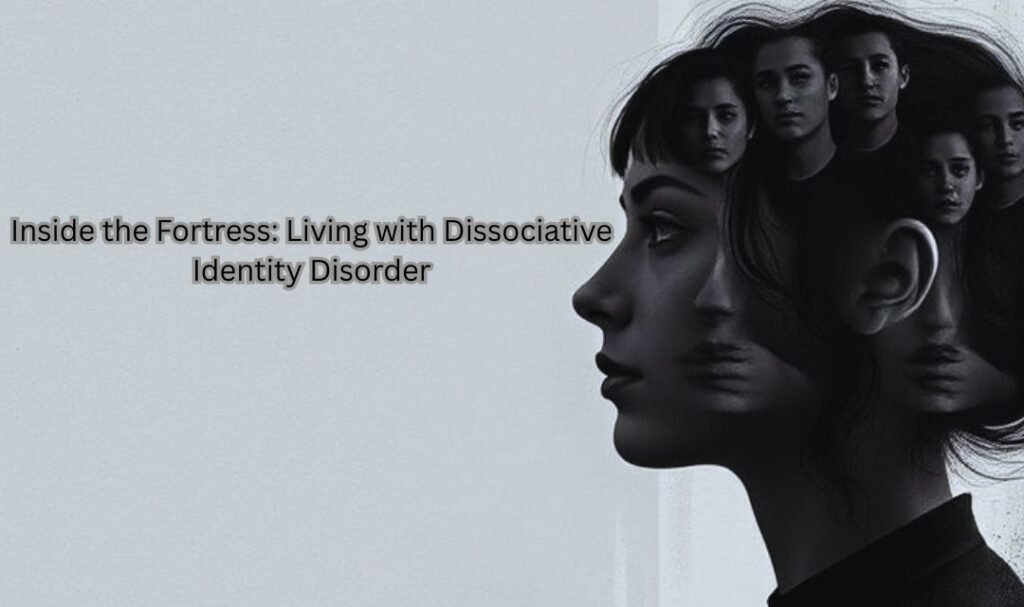Dissociative Identity Disorder (DID), formerly known as multiple personality disorder, is one of the most misunderstood and stigmatized mental health conditions. Christine Traxler’s powerful book We, The Fortress offers a rare and compassionate glimpse into the lived experience of DID through the eyes of a woman whose body is shared by multiple personalities or “alters.” Through this mental health memoir, Traxler provides an authentic narrative of resilience, survival, and the complex journey toward healing. This article explores key themes from the book while shedding light on the importance of mental health awareness and the impact of trauma in early life.
Mental Health Books Help in Understanding With Empathy
We, The Fortress stands out among many mental health books for its raw honesty and nuanced portrayal of a condition that is often sensationalized in media. Rather than presenting DID as a spectacle, the book introduces readers to “The Fortress”, a name the group of alters has given themselves, highlighting how each personality serves a purpose in protecting and managing trauma.
Mental health books like Traxler’s play a critical role. They allow readers to see mental illness not as something distant or frightening, but as a human experience that deserves understanding and compassion. Books about recovery from mental illness offer a bridge between lived experience and clinical knowledge, helping readers empathize with what it truly means to survive trauma and rebuild one’s life.
This book joins the ranks of other impactful dissociative identity disorder books that not only inform but also advocate for mental health awareness. As readers engage with the characters within the single body, they begin to understand that DID is not about fiction or fantasy, it’s about survival. For many, the condition arises as a coping mechanism during intense and prolonged trauma, particularly in childhood.
Childhood Dissociative Identity Disorder: Understanding the Roots
One of the most crucial elements in understanding DID is recognizing how it often originates. Childhood dissociative identity disorder typically emerges as a response to severe trauma, often abuse, neglect, or overwhelming emotional pain. When children are unable to process trauma, the mind sometimes fragments to protect itself, creating alternate identities to contain the emotional weight.
Books about recovery from mental illness that focus on childhood trauma can help break the cycle of silence that surrounds these issues. They also empower others who may be struggling in silence to seek help and validation.
The Power of a Mental Health Memoir
Christine Traxler’s We, The Fortress is more than just a story, it’s a mental health memoir that invites readers into a hidden world of inner strength and complexity. Through its pages, we’re reminded that healing doesn’t follow a straight path, and that those who live with mental illness are far more than their diagnosis.
Mental health memoirs like this serve a dual purpose: they help those without the disorder understand it, and they give those living with it a voice. These deeply personal narratives offer reassurance to anyone who has felt alone in their struggle, providing both representation and hope.
Conclusion
Inside the Fortress is not just a conversation, it’s a journey through the heart of what it means to live with dissociative identity disorder. Christine Traxler’s book stands proudly among other dissociative identity disorder books and mental health memoirs, offering a compassionate and eye-opening narrative of survival and healing. For readers looking to better understand DID, explore mental health books, or find inspiration from books about recovery from mental illness, We, The Fortress is a must-read. It reminds us that within every fortress, no matter how complex, there is courage, connection, and the possibility of peace.
